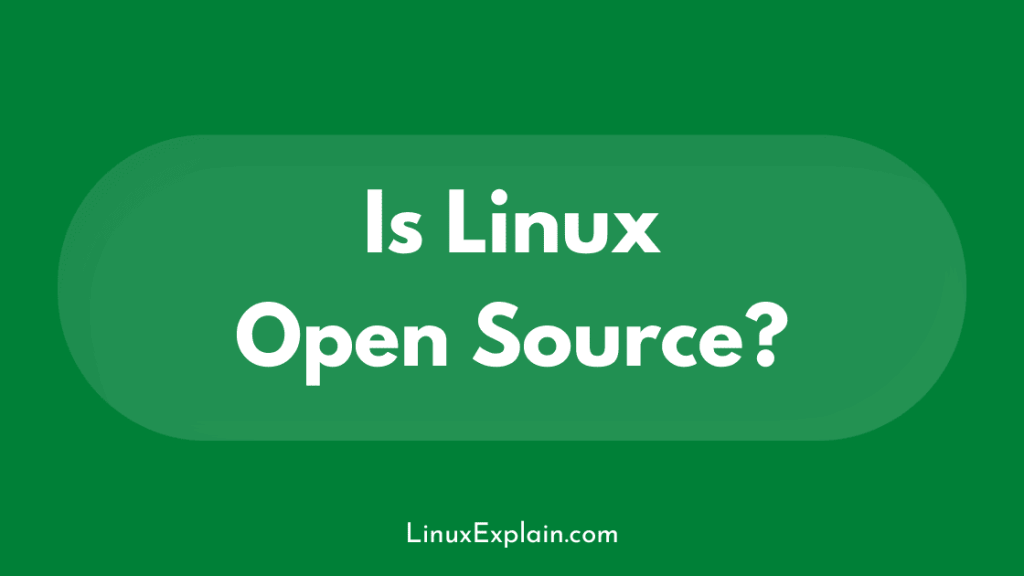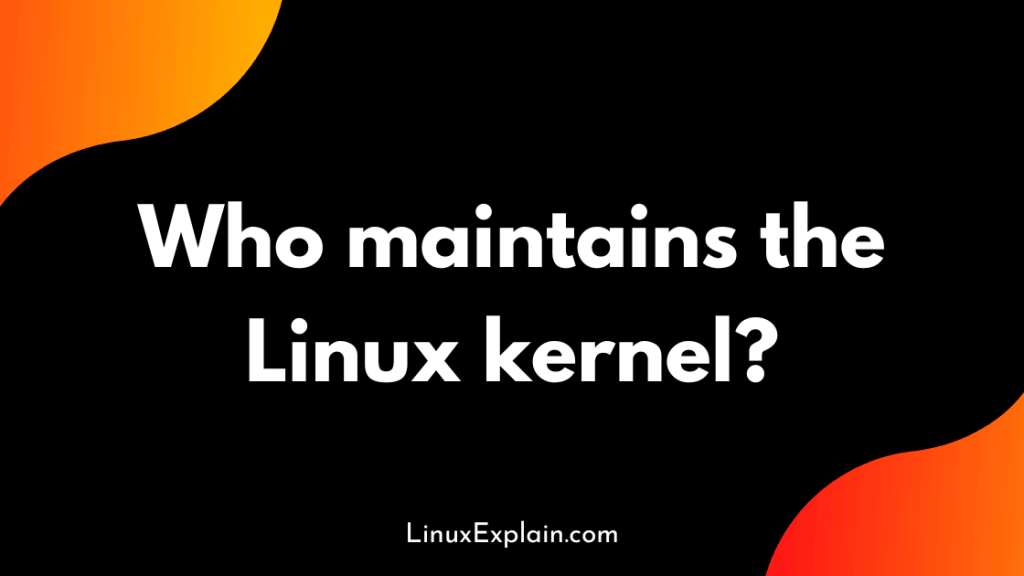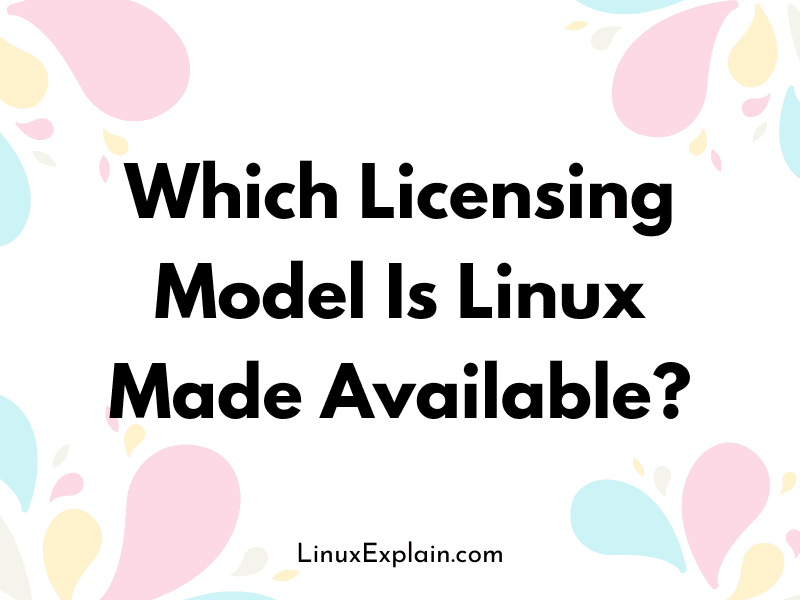Linux is available under a variety of licensing models, including GPL, LGPL, and MIT. Each of these different licensing models has its own set of pros and cons. While some developers may be more comfortable with one license over another based on their tastes. There are other factors to consider when choosing which Linux distribution to use for your project.
Many developers prefer open-source software because it’s free and accessible to anyone. It also allows developers to see the code behind the software so they can understand exactly how it works. Also allows them to modify it as needed for their specific needs.
There are many different types of open source licenses that you should consider before choosing which version of Linux is right for your project.
Is Linux open-source?

Generally speaking, Linux is considered open-source software. This means that the code for the operating system is published and freely available to be used, modified, and shared by others.
The GNU General Public License (GPL)
The GPL is a copyleft license that was designed to encourage open source collaboration by requiring anyone who modifies or redistributes GPL-licensed code to also make their changes open source.
In this way, it encourages the growth of open-source software and helps ensure that no one can “take advantage” of the open-source community. This means that any code that is part of a GPL-licensed software project must be made available under the same GPL license. This is important to note if you’re building a project that will be used by a large audience. If you use GPL-licensed code in your project, you must also make your code open source. And include the GPL license text in your project documentation.
GPL licensing is the most common type of Linux license and is used in most Linux distributions. You should carefully consider this type of license before choosing to use it in your project, however.
The GNU Library General Public License (LGPL)
LGPL differs from GPL in that it applies to source code libraries instead of entire software projects. The idea behind LGPL is that developers can use the code in these library projects to create closed-source software.
LGPL-licensed code must also be open-source. But developers using it can choose whether they want to make their code available to the public or keep it closed source. LGPL is often used in conjunction with other open-source licenses, such as GPL. It’s also a popular license for open source libraries that are used by many different software projects.
The MIT License
MIT is similar to the “public domain” status in that it doesn’t include any restrictions on how the code can be used. This means you can include MIT-licensed code in your project and not have to worry about following any special open-source licensing requirements.
MIT-licensed code is not open source, however. This means that you don’t have access to the code behind the software. And you can’t modify it as needed for your specific project.
BSD Licensing
BSD is another “public domain”-like license with no restrictions. This means that BSD-licensed code can be used in any project without any special requirements or restrictions.
BSD-licensed code is also not open source. BSD licensing is most commonly used for server software and network protocols. It’s also sometimes used when a company develops an open-source software project but wants to keep the code behind the project closed source.
Apache Licensing
Like MIT, Apache is a non-copyleft license with no requirements or restrictions on how it can be used. However, Apache is not in the public domain. This means that Apache-licensed code can be used in your project without any special requirements.
It also means that you can change the code behind the software and keep those changes closed source if you wish.
Who maintains the Linux kernel?

Linux kernel is maintained by the Linux Foundation.
Which model of open source license do you prefer, and why?
The preferred open source license is the GNU General Public License (GPL). The GPL is the most popular open-source license and it offers a high degree of protection for software developers and software users. The GPL allows the software to be freely distributed and modified, and it also requires that any modifications be made available to the public.
Conclusion
Linux is a powerful and open-source operating system that has been used in everything from supercomputers to home computers. It’s also been the foundation of many different software projects, including Android, TensorFlow, and many others.
The main difference between various Linux distributions is the specific set of features and functionalities that are included in each. While most Linux distributions are open source, each has a unique licensing model that governs how the software can be used. Depending on your project needs, you may want to choose a specific Linux distribution that includes the functionality you need.
Or, you may want to use a distribution that allows you to remove unwanted features and add the functionality you need. Linux is a powerful and customizable operating system that can be used for almost any computer-based project.

